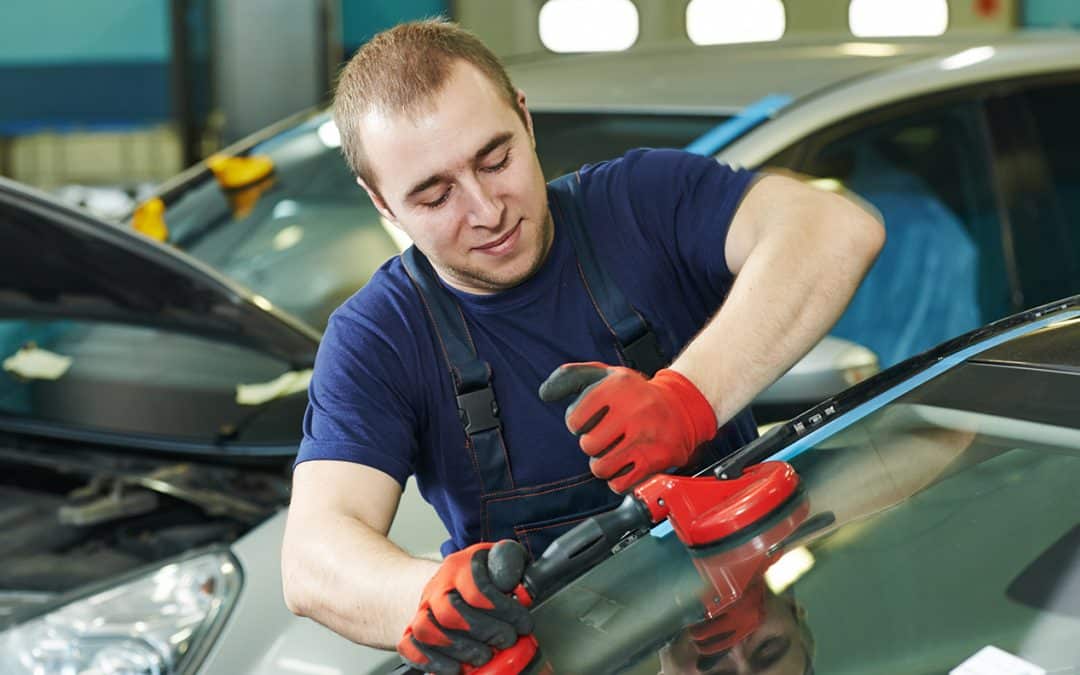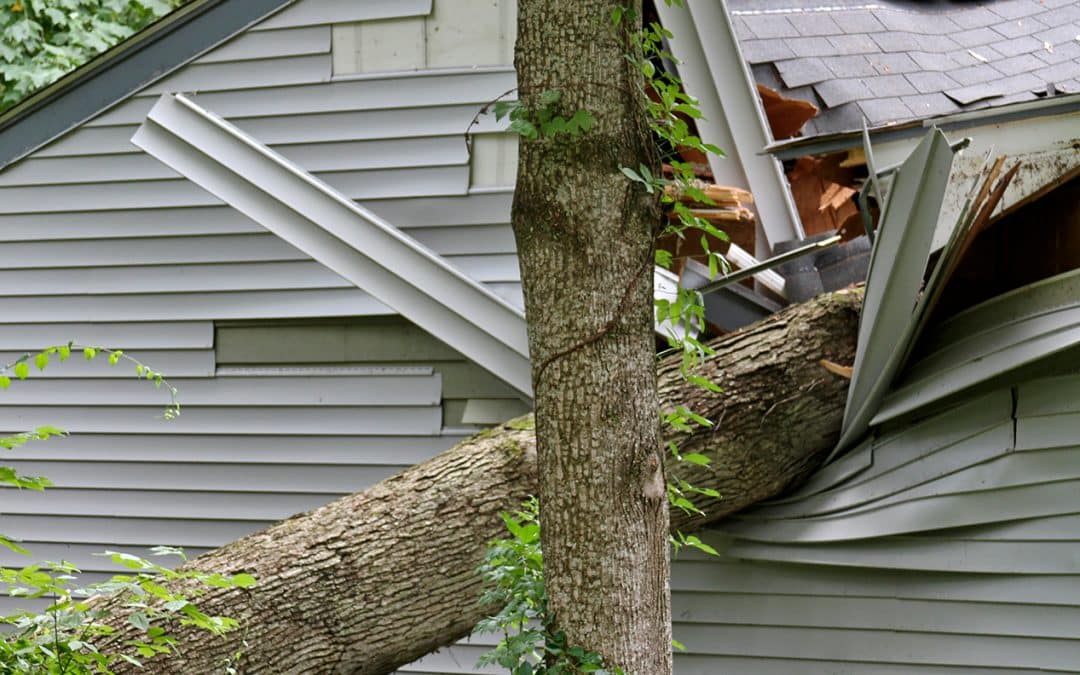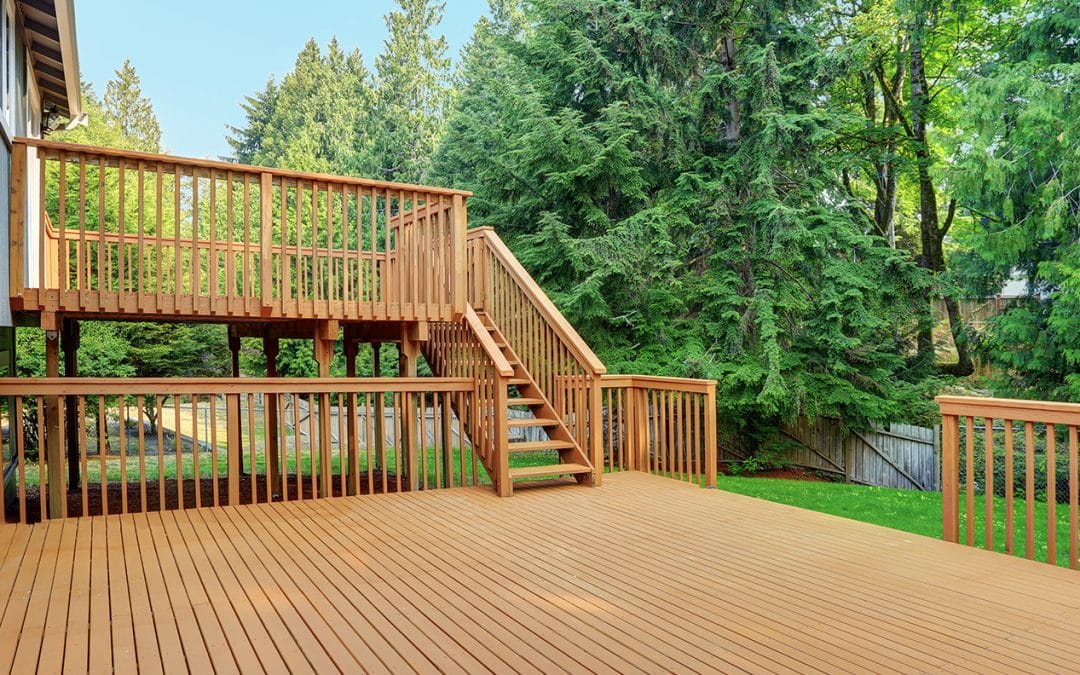When you buy a new or used car, you’ll likely have fun checking out all of the new features and seeing what they do. Anti-Slip Regulation is a feature that many cars now include, which most refer to as ASR. It comes in handy when you drive on wet and slippery roads because it helps you avoid accidents with objects and people or vehicles. You should learn what this feature does and how it works to keep you safe.
What Does the Traction Control System Do?
Anti-Slip Regulation is a feature that prevents your wheels from slipping. Most brands place a sensor on each one of the wheels. Though the sensors come in handy when you drive, they do not detract from the beauty of your car. Those sensors work with the feature to keep your car from moving when the wheels slip. If several wheels slip at the same time, the system tells the engine to use less power. You can then maintain that speed until your wheels get the traction they need.
This feature also comes in handy when a single wheel slips. This might happen if one wheel slides off the road during a snowstorm. The system automatically applies the brake to that wheel. It will hold the brake until your car feels stable and has traction again.
How Does Traction Control Work?
Though you might think that you need to do certain things while behind the wheel, the system works without asking you to do a single thing. As long as you leave it turned on, the system will monitor all four wheels. It also works at any speed you drive. In addition to applying the brakes when it detects a slip, it can also suppress one or multiple cylinders and limit the fuel supply to the cylinders. One of the best things about a vehicle with ASR is that it works on all types of roads and in all conditions.
The History of Traction Control
BMW was the first auto manufacturer to release a traction control system. It added this system to several models in the 1970s. Porsche was one of the first manufacturers to look into this type of system. The company designed an early version of traction control in the 1930s for some of its race cars, but this feature only worked on one wheel at a time. It took the United States until the 1990s to design a similar system, which first appeared on the Chevy Corvette. No matter what model you look at today, you’ll find that it comes with some type of traction control.
Can You Turn Off Traction Control?
Yes, you can turn off the car traction control system in your car. Most models have a small button on the top or side of your steering wheel. If you have buttons that control your car’s speaker volume, the control button should be nearby. You press it once to turn it off, though some models require that you press and hold the button for several seconds.
You should use traction control most of the time and only turn it off in certain situations. If you find yourself stuck in a snowbank, feel free to turn the system off. This system will detect the spinning of all four wheels and can decrease the power they need to get you out of a tight spot. It may even turn off all of the power to your car and leave you calling a tow truck for help. You should also turn off traction control when you drive on slippery or slick hills. The lack of power that the system gives you will keep you from climbing that hill.
Why Should You Use Traction Control System?
The biggest reason to use traction control is that it helps you stay safe. Why worry about sliding off the road when you drive home from work during a snowstorm? Traction control also comes in handy when you drive through muddy areas after a storm. It can keep one wheel from spinning and limit the power set to your cylinders to keep you from sliding.
Once you look at what ASR – traction control system is, it’s easy to see why modern cars include it. At MAPFRE Insurance, we understand that accidents can happen, which is why we help you get car insurance coverage if your traction control fails. Call us today to see how much you will pay for auto insurance through us.



